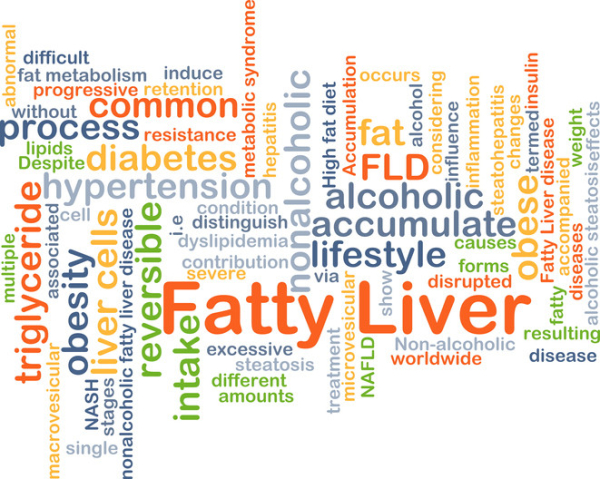
Be honest: just how much television are you watching? One study has estimated that half of American adults spend two to three hours each day watching television, with some watching as much as eight hours per day.
Is time spent on TV a good thing or a bad thing? Let's look at some of the data in relation to your risks for cognitive decline and dementia.
Physical activity does more to sharpen the mind than sitting
First, the more time you sit and watch television, the less time you have available for physical activity. Getting sufficient physical activity decreases your risk of cognitive impairment and dementia. Not surprisingly, if you spend a lot of time sitting and doing other sedentary behaviors, your risk of cognitive impairment and dementia will be higher than someone who spends less time sitting.
Is television actually bad for your brain?
Okay, so it's better to exercise than to sit in front of the television. You knew that already, right?
But if you're getting regular exercise, is watching television still bad for you? The first study suggesting that, yes, television is still bad for your brain was published in 2005. After controlling for year of birth, gender, income, and education, the researchers found that each additional hour of television viewing in middle age increased risk for developing Alzheimer's disease 1.3 times. Moreover, participating in intellectually stimulating activities and social activities reduced the risk of developing Alzheimer's.
Although this study had fewer than 500 participants, its findings had never been refuted. But would these results hold up when a larger sample was examined?
Television viewing and cognitive decline
In 2018, the UK Biobank study began to follow approximately 500,000 individuals in the United Kingdom who were 37 to 73 years old when first recruited between 2006 and 2010. The demographic information reported was somewhat sparse: 88% of the sample was described as white and 11% as other; 54% were women.
The researchers examined baseline participant performance on several different cognitive tests, including those measuring
- prospective memory (remembering to do an errand on your way home)
- visual-spatial memory (remembering a route that you took)
- fluid intelligence (important for problem solving)
- short-term numeric memory (keeping track of numbers in your head).
Five years later, many participants repeated certain tests. Depending on the test, the number of participants evaluated ranged from 12,091 to 114,373. The results of this study were clear. First, at baseline, more television viewing time was linked with worse cognitive function across all cognitive tests.
More importantly, television viewing time was also linked with a decline in cognitive function five years later for all cognitive tests. Although this type of study cannot prove that television viewing caused the cognitive decline, it suggests that it does.
Further, the type of sedentary activity chosen mattered. Both driving and television were linked to worse cognitive function. But computer use was actually associated with better cognitive function at baseline, and a lower likelihood of cognitive decline over the five-year study.
Television viewing and dementia
In 2022, researchers analyzed this same UK Biobank sample with another question in mind: Would time spent watching television versus using a computer result in different risks of developing dementia over time?
Their analyses included 146,651 people from the UK Biobank, ages 60 and older. At the start of the study, none had been diagnosed with dementia.
Over 12 years, on average, 3,507 participants (2.4%) were diagnosed with dementia. Importantly, after controlling for participant physical activity:
- time spent watching television increased the risk of dementia
- time spent using the computer decreased the risk of dementia.
These changes in risk were not small. Those who watched the most television daily — more than four hours — were 24% more likely to develop dementia. Those who used computers interactively (not passively streaming) more than one hour daily as a leisure activity were 15% less likely to develop dementia.
Studies like these can only note links between behaviors and outcomes. It's always possible that the causation works the other way around. In other words, it's possible that people who were beginning to develop dementia started to watch television more and use the computer less. The only way to know for sure would be to randomly assign people to watch specific numbers of hours of television each day while keeping the amount of exercise everyone did the same. That study is unlikely to happen.
The bottom line
If you watch more than one hour of TV daily, my recommendation is to turn it off and do activities that we know are good for your brain. Try physical exercise, using the computer, doing crossword puzzles, dancing and listening to music, and participating in social and other cognitively stimulating activities.
About the Author

Andrew E. Budson, MD, Contributor; Editorial Advisory Board Member, Harvard Health Publishing
Dr. Andrew E. Budson is chief of cognitive & behavioral neurology at the Veterans Affairs Boston Healthcare System, lecturer in neurology at Harvard Medical School, and chair of the Science of Learning Innovation Group at the … See Full Bio View all posts by Andrew E. Budson, MD



